The Best Tree Fertilizer For Your Tree Type
Trees are an essential part of our landscape, providing us with shade, beauty, and a sense of peace. But like all plants, trees need nutrients to thrive. That's where fertilizer comes in.
Fertilizer provides trees with the nutrients they need to grow strong and healthy. It can help to improve the color of leaves, increase flowering, and boost resistance to pests and diseases.
But not all fertilizers are created equal. The best fertilizer for your tree type will depend on a number of factors, including the tree's age, size, and species.
Here is a general overview of the three main nutrients that trees need:
- Nitrogen (N) is essential for leaf growth and production of chlorophyll. Chlorophyll is the green pigment that allows plants to photosynthesize, the process by which they convert sunlight into energy.
- Phosphorus (P) is important for root growth and development. It also plays a role in flowering and fruiting.
- Potassium (K) helps to regulate water balance and photosynthesis. It also contributes to disease resistance.
In addition to these three main nutrients, trees may also need other nutrients, such as calcium, magnesium, and sulfur. The best way to determine which nutrients your tree needs is to have a soil test performed.
Once you know which nutrients your tree needs, you can choose a fertilizer that is formulated specifically for trees. There are many different types of tree fertilizer available, so it is important to do your research and select one that is right for your tree's needs.
Here are a few of the most popular types of tree fertilizer:
- Slow-release fertilizer is a good choice for most trees. It releases nutrients over a period of time, which helps to prevent the build-up of salts in the soil.
- Liquid fertilizer is a good option for trees that are growing quickly or that have been recently transplanted. It is absorbed by the roots quickly and can help to give trees a boost of nutrients.
- Organic fertilizer is a good choice for trees that are planted in organic soil. It is made from natural materials, such as compost, manure, and bone meal, and it helps to improve the overall health of the soil.
No matter what type of fertilizer you choose, it is important to follow the directions on the label carefully. Over-fertilizing can be just as harmful as under-fertilizing.
The best time to fertilize trees is in the spring or fall, when the tree is actively growing. However, you can fertilize trees at other times of the year, as long as the soil is not frozen or saturated with water.
Fertilizing trees is a simple way to help them thrive. By choosing the right fertilizer and applying it at the right time, you can ensure that your trees are getting the nutrients they need to look their best and live a long and healthy life.
Are you looking for the best tree fertilizer for your trees? Visit Home Gardening for more information about the different types of tree fertilizer available, as well as how to choose the right fertilizer for your specific trees. Home Gardening also provides detailed instructions on how to apply tree fertilizer safely and effectively.
In addition to providing information about tree fertilizer, Home Gardening also offers a variety of other gardening resources, including articles on plant care, pest control, and gardening tips. Whether you're a beginner gardener or a seasoned pro, Home Gardening has something to help you keep your trees healthy and thriving.
FAQ of tree fertilizer
Most Frequently Asked Questions About Tree Fertilizer
- What is the most effective tree fertilizer?
The most effective tree fertilizer will vary depending on the type of tree, its age, and the soil conditions. However, trees typically respond best to fertilizers with a 2-1-1 or 3-1-1 ratio of nitrogen, phosphorus, and potassium. These fertilizers help trees grow strong and healthy roots, produce more leaves, and resist pests and diseases.
- How often should I fertilize my trees?
The frequency of fertilization will also vary depending on the type of tree and the soil conditions. However, most trees only need to be fertilized once or twice a year. In the spring, you can fertilize your trees to help them get a good start to the growing season. In the fall, you can fertilize them again to help them prepare for winter.
- How much fertilizer should I use?
The amount of fertilizer you use will depend on the size of the tree and the type of fertilizer you are using. You can usually find the recommended application rate on the fertilizer label. However, it is always a good idea to consult with a professional arborist to get specific recommendations for your trees.
- How do I apply tree fertilizer?
There are a few different ways to apply tree fertilizer. You can spread it evenly under the tree's drip line, or you can drill holes in the ground around the tree and insert fertilizer spikes. You can also apply fertilizer to the tree's leaves by using a foliar sprayer.
- What are the side effects of over-fertilizing trees?
Over-fertilizing trees can cause a number of problems, including:
* Leaf burn
* Root rot
* Stunted growth
* Increased susceptibility to pests and diseases
If you think you may have over-fertilized your trees, it is important to flush the soil with water to remove excess fertilizer. You should also consult with a professional arborist to get advice on how to care for your trees.
- What are the best times of year to fertilize trees?
The best times of year to fertilize trees are:
* Spring: This is when trees are actively growing and need nutrients to support their growth.
* Fall: This is when trees are preparing for winter and need nutrients to help them survive the cold weather.
It is important to avoid fertilizing trees during the summer, when they are not actively growing. Fertilizing trees during the summer can actually stress them out and make them more susceptible to pests and diseases.
Image of tree fertilizer
10 different images of tree fertilizer that are free to use:
- Granular fertilizer: This type of fertilizer is made up of small granules that can be spread evenly around the base of a tree.
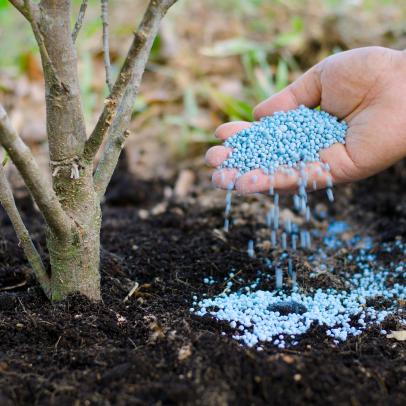
- Liquid fertilizer: This type of fertilizer is dissolved in water and can be applied to the soil around a tree with a watering can or hose.
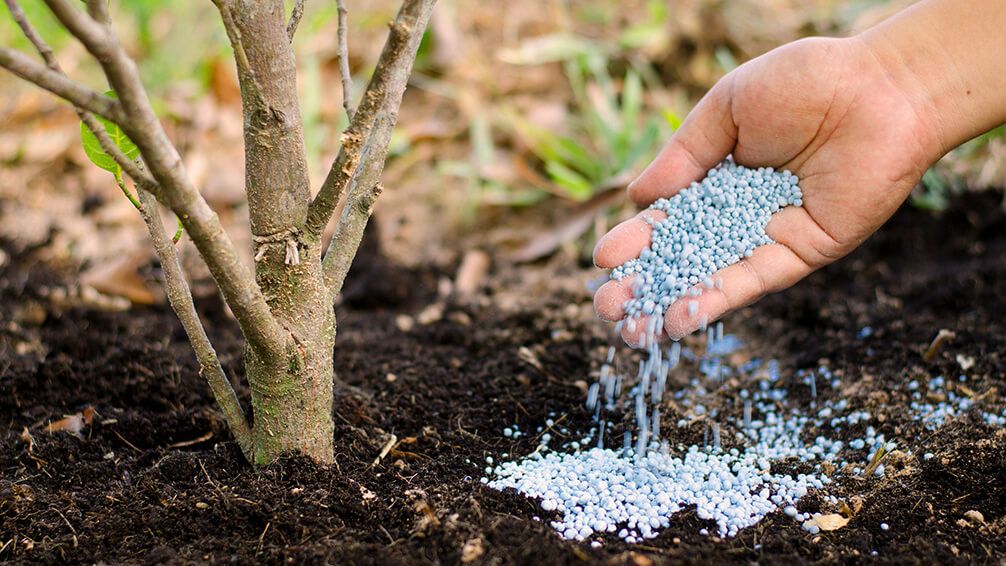
- Slow-release fertilizer: This type of fertilizer releases nutrients over a period of time, so it does not need to be applied as often as other types of fertilizer.
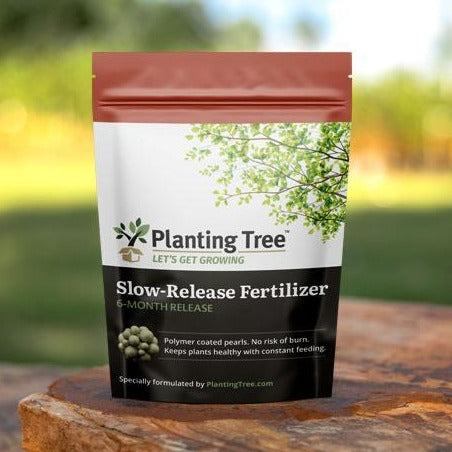
- Organic fertilizer: This type of fertilizer is made from natural materials, such as compost, manure, or bone meal.

- Inorganic fertilizer: This type of fertilizer is made from synthetic chemicals.
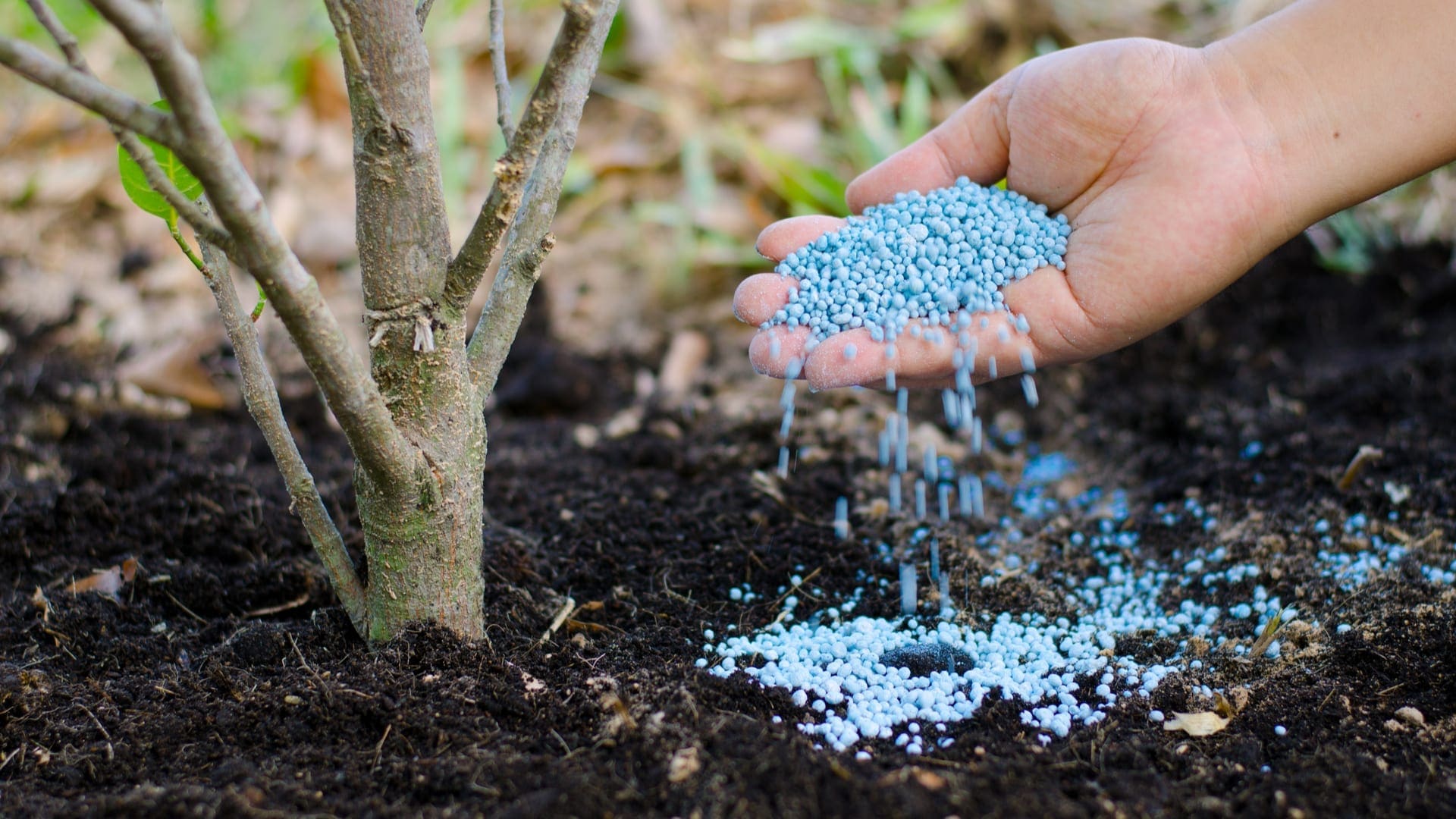
- Tree spikes: These are hollow spikes that are inserted into the soil around a tree and filled with fertilizer.
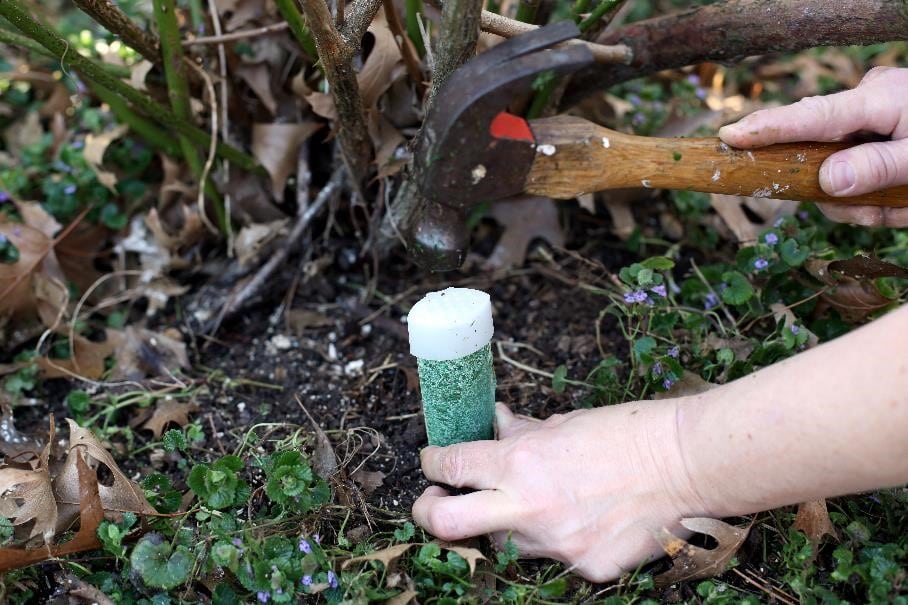
- Tree injection: This is a method of applying fertilizer directly to the roots of a tree.
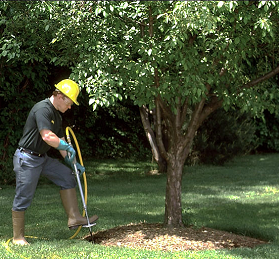
- Tree trunk wrap: This is a type of fertilizer that is wrapped around the trunk of a tree.
- Tree feeder: This is a device that is attached to the trunk of a tree and drips fertilizer onto the soil.

- Tree aerator: This is a device that is used to create holes in the soil around a tree, which allows the fertilizer to reach the roots more easily.
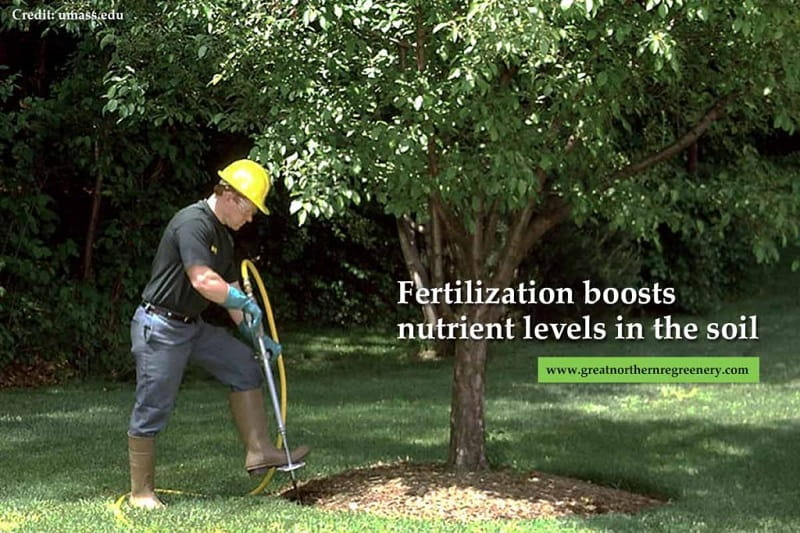
Post a Comment for "The Best Tree Fertilizer For Your Tree Type"